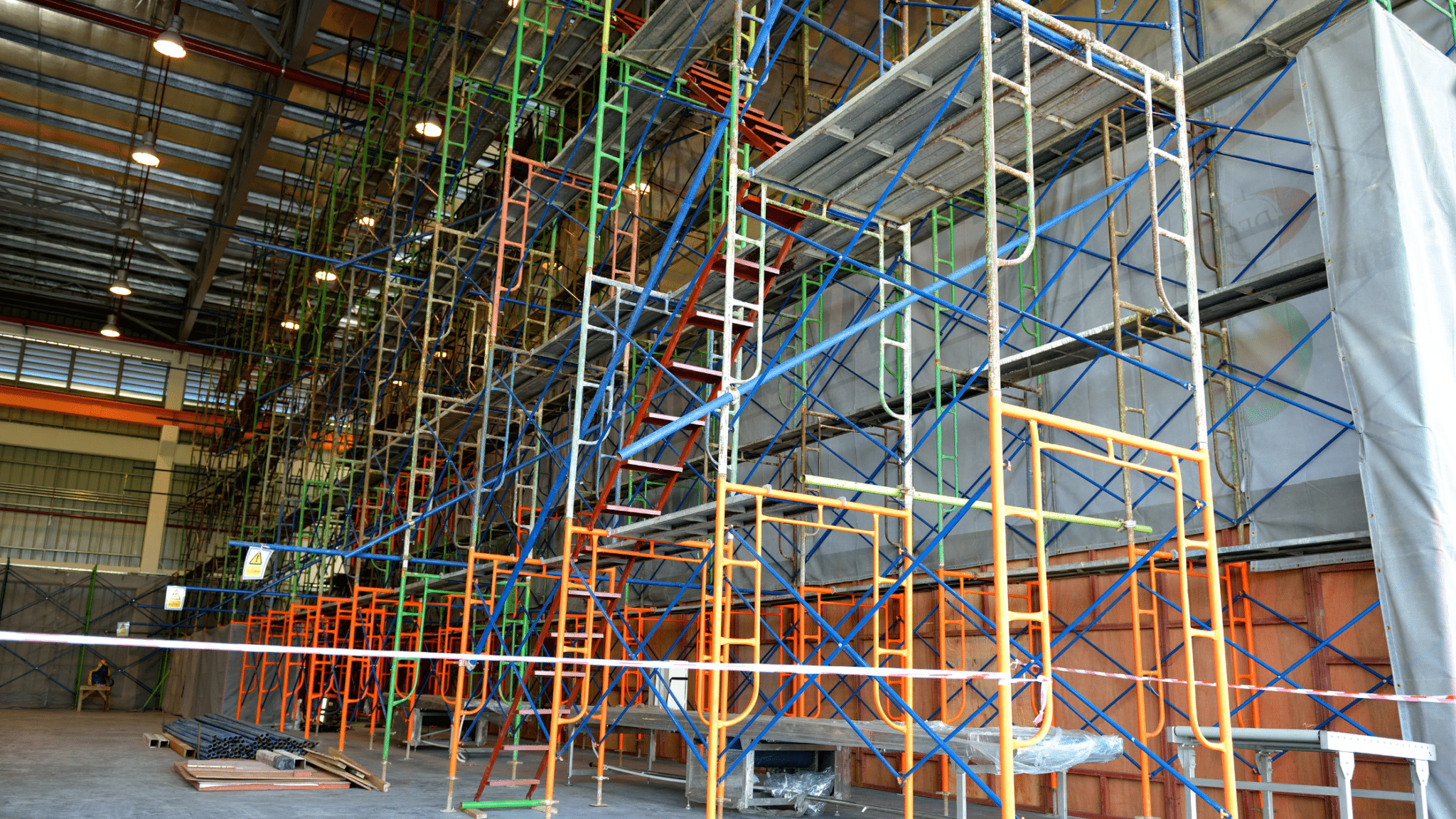Understanding a scaffolder's job responsibilities ensures you avoid scams and get your money's worth. Also,…

Do You Need Scaffolding to Replace Windows?
If you’re looking to replace your windows, you’re probably in the process of adding up any additional costs. One thing you may need to consider is scaffolding costs to ensure that windows on upper stories can be replaced safely and securely, while guaranteeing that they’re fitted correctly.
So, do you need scaffolding to replace windows? The short answer is yes; you do need scaffolding to replace windows. Scaffolding is required not only to provide you with a high quality and long-lasting new window, but also for the safety of the person conducting the work.
To provide you with more information, we’ve put together this short guide to answer any questions that you may have. Simply read on to learn more.
Can you Fit Windows Without Scaffolding?
If your property has any type of upper level, then you will not be able to fit new windows to these higher stories without scaffolding. Scaffolding is needed to provide stability during the removal and replacement process, and will guarantee that your newly installed windows will be fitted correctly.
Not only this, but scaffolding is essential for balance and height, meaning that installers will have easy access to high windows with minimal risk. Windows are incredibly heavy and fragile, and they can not be carried using a ladder. This is especially true if it’s a large or tricky window that’s being replaced. For this reason, supplementing scaffolding for other means of lifting, such as a ladder, is unsafe, and not worth the risk for cost-cutting techniques.
Is it a Legal Requirement to have Scaffolding to Replace Windows?
Scaffolding reduces the risk of workers and passers-by from any falls, damages or accidents. The law requires that scaffolding is used when work is required from height to prevent falls and ensure that work is carried out safely. The use of scaffolding also grants legal protection for workers and third parties by ensuring that safety precautions are taken to significantly reduce the risk of accidents.
It’s important to note that scaffolding used over highways or pavements will need a licence issued by the local Highway Authority. If scaffolding is required over busy roads or pavements, then road or path closures may need to be applied for to protect members of the public.
Can you Replace Windows from the Inside?
Generally, a window will be installed from the exterior as the opening from the outside is wider than on the inside. However, installers will still need access to the inside of your home to secure the window in place. In some instances, the interior offset may be wider than the exterior offset, meaning that the window will need to be installed from the inside. Each property is unique, and will need to be evaluated before replacement.
What Type of Windows will Require Scaffolding?
Even if you live in a one-story property, scaffolding may be required to replace windows. This depends entirely on the type of window, as varying factors mean that a window may be difficult to remove and install without the supporting assistance of scaffolding. These factors include weight, height and dimensions. For example, if a window is very tall and positioned highly, scaffolding will be needed to ensure a safe removal and replacement.
Below is a list of other types of scenarios where scaffolding will be required.
Dormer Windows
A dormer window sits on the structure of a roof. They are used to add additional lighting and space into roof space, without the angled use of a skylight window. Due to their positioning on top of a property, scaffolding is essential to carry out the replacement of new windows.
Conservatories and Porches
If your home has a conservatory or porch, then it is most likely you will need the use of scaffolding to replace windows. These structures often block access to windows, so scaffolding will be required to reach any difficult areas on the property.
Lintels
A lintel is a beam that supports and secures the structure of a door or window. They usually sit at the top of the window to support the weight of the structure above it. In other words, the beam allows for a gap in the brickwork to allow space for a window or door while supporting the brickwork above.
Often, scaffolding will be required to access these difficult areas for window replacement.
Will you Need Scaffolding to Replace Windows if you Live in a Flat?
We understand that replacing windows in a flat is more complex, and that you want to ensure that there’s minimal disruption for your surrounding neighbours. However, if your windows need to be replaced and you’re above ground level, then scaffolding will be needed to access these areas.
Replace your Windows with Hi Point Access
We are one of Sheffield’s leading scaffolding companies, and we create quick and easy solutions to solve any of your requirements. Whether you’re looking for traditional scaffolding, aluminium scaffolding, or even indoor scaffolding, there’s no project too big or too small, meaning that in any instance where you require scaffolding, our experienced team is here to help.
Simply get in touch with us to receive your free quote to cater for your scaffolding needs.
FAQs
Scaffolding is a temporary structure that is used to support various types of constructions on buildings. They are used to provide a safe working environment, along with providing a stable structure to lift heavy materials and equipment up to higher levels.
Scaffolding is needed on a construction site where access to higher stories of the building is required. It allows safe and easy access to any region of a building’s exterior, where height limitations and health and safety risks would otherwise be a preventive issue.
For construction work, the height requirements for scaffolding are 6 feet above a lower level. For general work, the requirements are 4 feet above a lower level.



